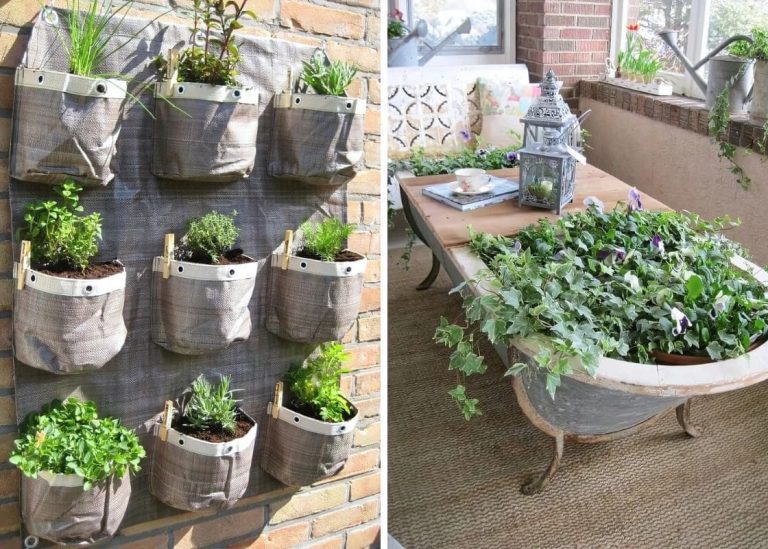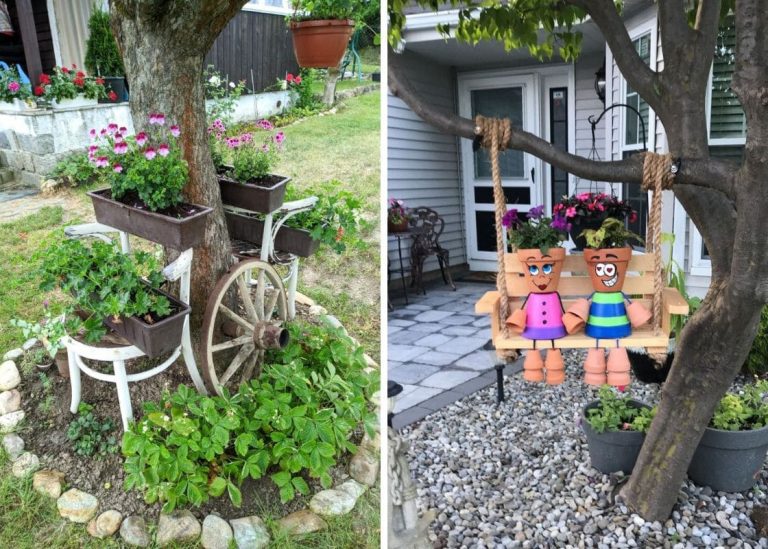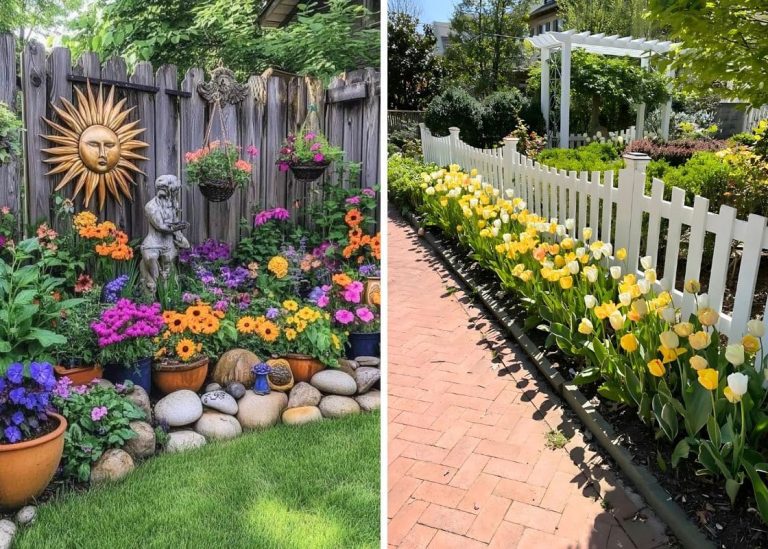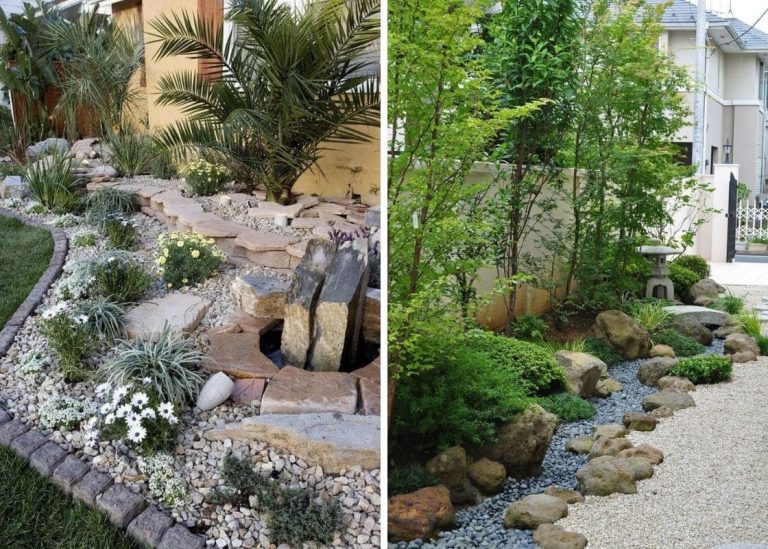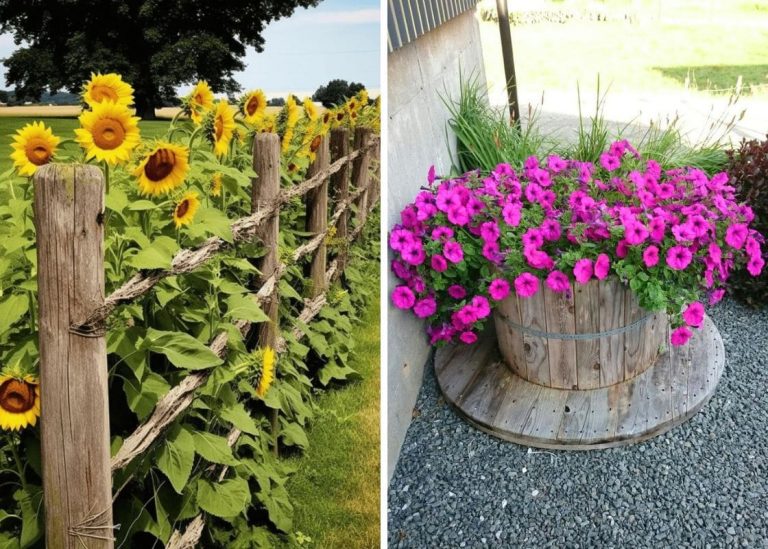10 Best Vegetables You Can Grow in Pots Through Winter
I’ll never forget the first winter I decided not to pack away the gardening gloves. It was early November, the last leaves fluttering off the maple in my front yard, and my patio looked bare and sleepy. Most neighbors had already pulled their planters inside or emptied them into compost. But me? I stood there with a tray of spinach seedlings, wearing a scarf, holding onto a little hope.
I was nervous. The wind had bite, and frost warnings were coming fast. Still, I wanted to try. I missed the act of tending, watering, harvesting. That connection with something alive.
And to my surprise—those little pots of green not only survived the chill but flourished in it. That winter, I picked kale in mittens and added fresh Swiss chard to warm soups. I even harvested carrots under a dusting of snow. It was pure joy.
If you’ve ever thought winter means a break from gardening, I promise you—there’s still so much life to grow. Here are ten of my favorite vegetables that thrive in containers through winter, with stories, tips, and a little encouragement along the way.
#1. Kale – The Cold-Loving Warrior
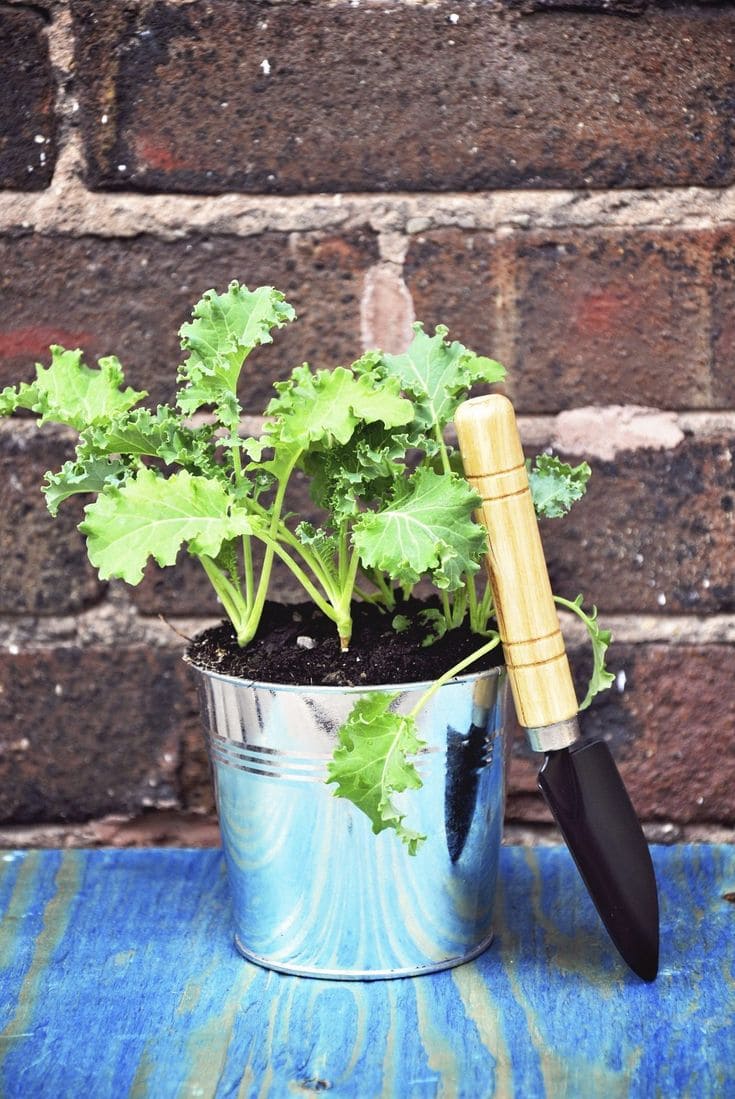
Kale was my very first winter veggie, and it completely won me over. Those deep green, ruffled leaves seem to laugh at the cold.
-
Use a pot at least 12 inches deep.
-
Choose a sunny spot—6 hours a day keeps it happiest.
-
Water when the topsoil is dry, and don’t let the roots freeze.
I once harvested kale after a light snowfall, and the leaves were sweeter than usual. Turns out, a touch of frost improves the flavor. Nature knows best.
#2. Spinach – Quick to Grow, Slow to Quit
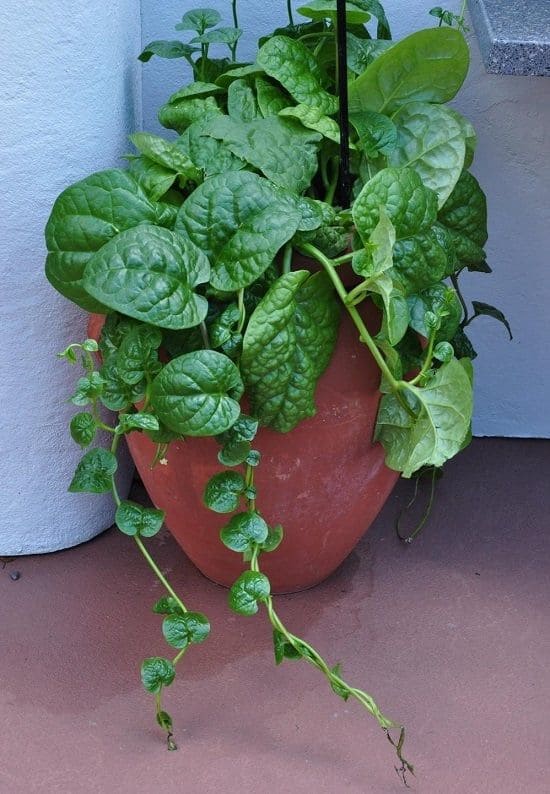
Spinach is the kind of plant that just keeps giving. It grows fast, takes up little space, and tastes like a reward when it’s chilly out.
-
Use a wide pot, 8 inches deep.
-
Partial sun works fine—but protect it from freezing winds.
-
Harvest baby leaves within 3–4 weeks of planting.
I remember a neighbor once told me, “Spinach doesn’t care if it’s winter—it just wants to grow.” She wasn’t wrong. I’ve had spinach pushing up through December, even when my garden hose had turned stiff from the frost.
#3. Carrots – Sweet Roots Beneath the Snow
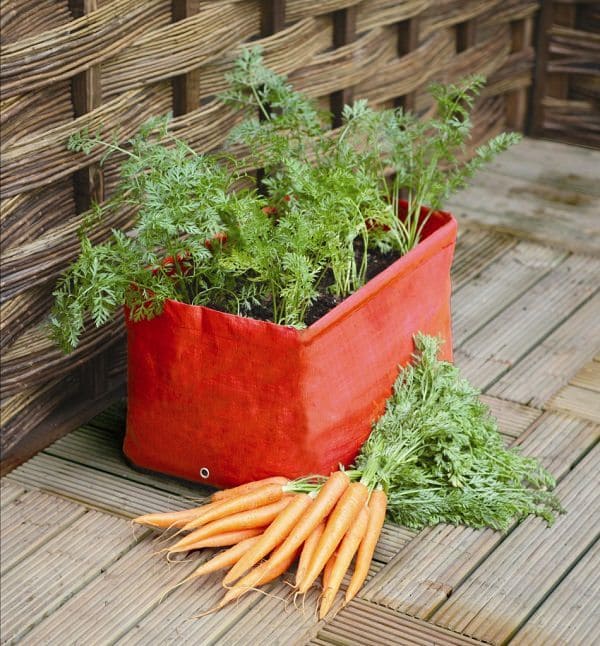
There’s something magical about pulling up a carrot from cold soil. The earth feels quiet, the air crisp, and suddenly—there’s this bright orange treasure in your hand.
-
Use a deep pot (12 inches minimum).
-
Go for short-rooted varieties like Nantes or Thumbelina.
-
Keep soil loose and sandy for straight growth.
In my first winter attempt, I left a batch in until January. The result? Carrots sweeter than any store-bought variety I’ve ever tasted. Cold weather concentrates the sugars—another lovely garden surprise.
#4. Lettuce – The Effortless Winter Green
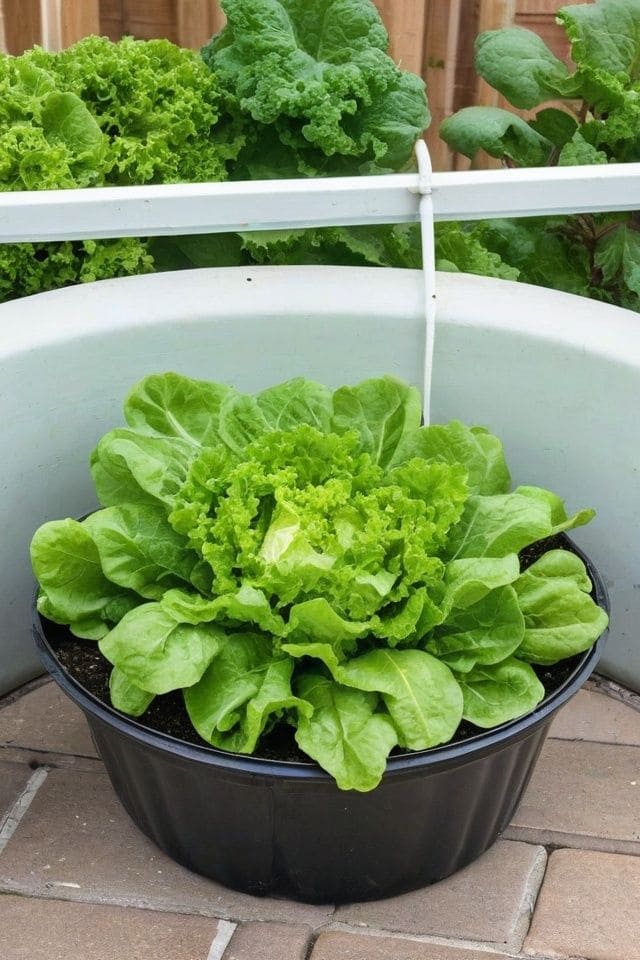
Lettuce might be delicate in summer, but in the cooler months, it thrives quietly and steadily.
-
Shallow containers (6 inches) are enough.
-
Opt for loose-leaf varieties—more harvest, less fuss.
-
Place in indirect sunlight and protect during frost snaps.
I love picking a few leaves at a time, building salads right from the pot. And when you don’t yank the whole head, it grows back like a little green miracle.
#5. Swiss Chard – Color and Strength All Season
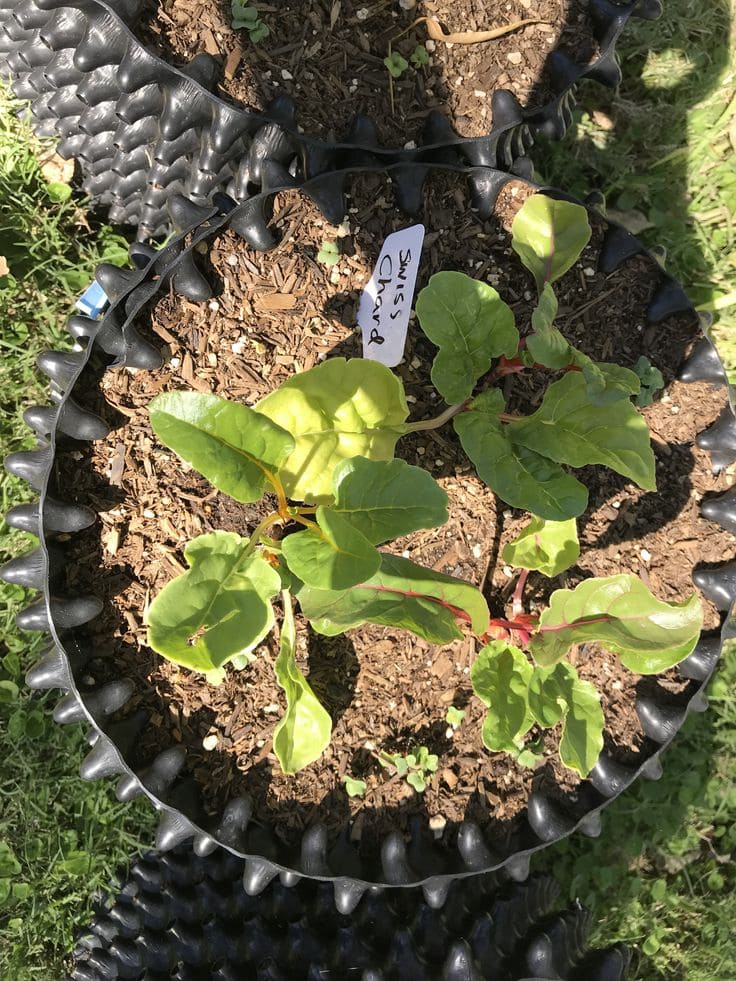
“Rainbow in the frost” – that’s how I always describe Swiss chard.
One winter, after a string of gray days, I stepped outside and was floored by how its red and yellow stems lit up the cold. That pot of chard on my porch felt like a celebration of color against the season’s dull backdrop.
If you want a vegetable that’s both resilient and radiant:
-
Use a pot that’s 8–10 inches deep.
-
It doesn’t mind frost and will bounce back after chilly nights.
-
Harvest the outer leaves regularly—this keeps the plant productive and prevents it from getting leggy.
Tip: Add compost every few weeks. It keeps the colors rich and the leaves full of flavor.
#6. Radishes – Speedy and Satisfying
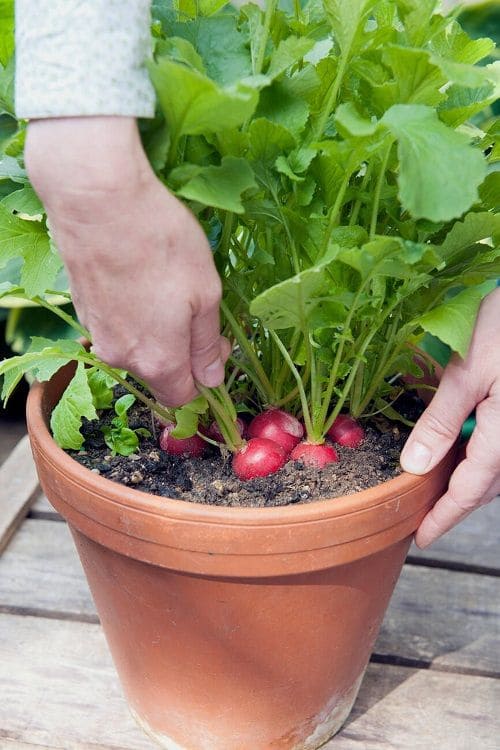
I often recommend radishes to first-time winter gardeners. They’re low-stress and high reward. Once, I sowed some seeds just before the first frost. I doubted they’d survive—but not only did they sprout, they gave me a perfect little harvest just before Christmas dinner.
To grow:
-
Pick a wide, shallow pot at least 6 inches deep.
-
Use soft, well-draining soil.
-
Space seeds about an inch apart, and don’t overwater.
Most varieties mature in just 30–40 days. Try ‘Cherry Belle’ or ‘French Breakfast’ for fast, flavorful results.
#7. Garlic – Slow Growing, Big Rewards
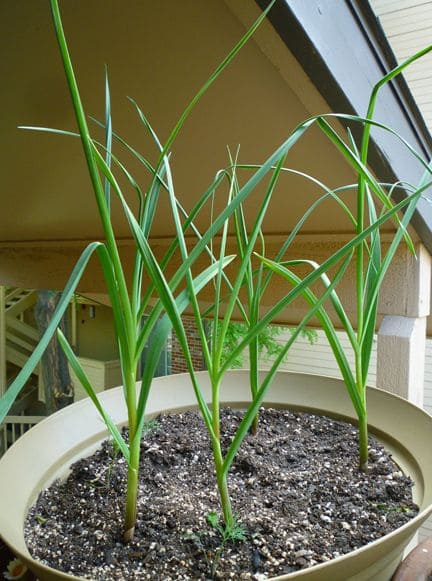
Garlic is the long game—but it’s one worth playing. Winter is the time to plant if you want robust, flavorful bulbs come summer.
-
Use a deep pot (10–12 inches).
-
Plant individual cloves, pointy side up, 4 inches apart.
-
Keep soil damp but not soggy.
Bonus: The green shoots (garlic scapes) that appear in spring are edible and fragrant—perfect for stir-fries or homemade garlic butter.
#8. Green Onions – The Beginner’s Joy
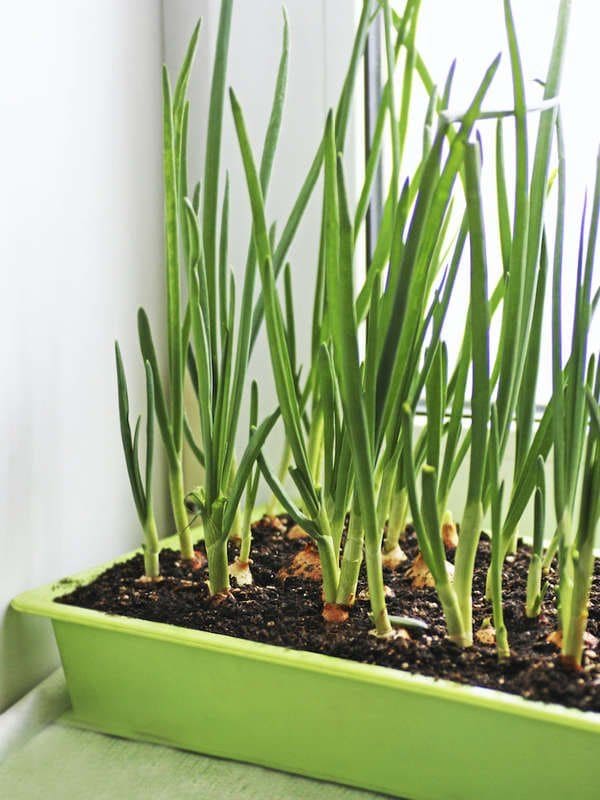
Green onions (or scallions) are wonderfully forgiving and endlessly useful. I often keep a pot on my kitchen windowsill, just for easy snipping.
-
Shallow pots (6 inches) are fine.
-
Partial light is enough—they don’t ask for much.
-
Harvest the greens as needed, and they’ll regrow.
My favorite trick? I replant store-bought roots and get two or three rounds of growth out of them. It’s like garden magic on a budget.
#9. Cabbage – Slow and Steady Beauty
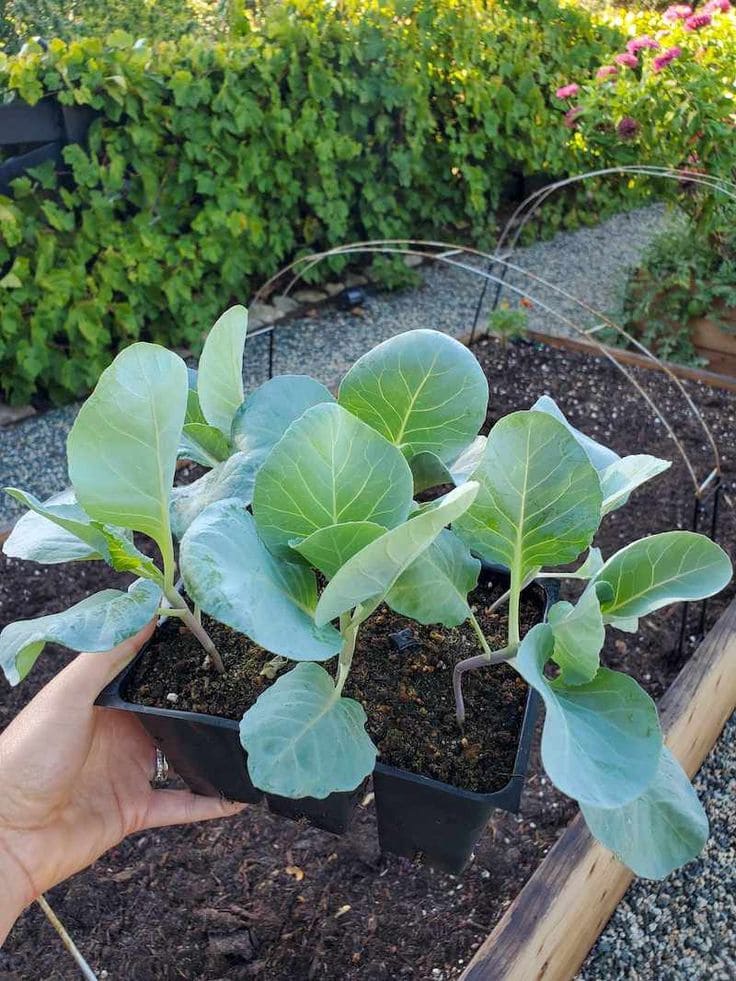
There’s a quiet strength to cabbage that I didn’t fully appreciate until I grew it through a long, icy winter. I remember stepping outside one brisk morning to find a layer of frost clinging to the outer leaves, sparkling like silver lace. Despite the chill, the plant stood proud, its rounded head tucked firmly between broad, bluish leaves.
Growing cabbage in pots isn’t just possible—it’s deeply satisfying. You’ll need a roomy container to let the plant spread out and anchor itself. I always choose a sunny spot and make sure the soil stays moist but never soggy.
Watching it go from seedling to dinner table in the coldest months brought me more pride than I expected. It felt like nature giving back, even in the stillness of winter.
#10. Broccoli – The Cool-Weather King
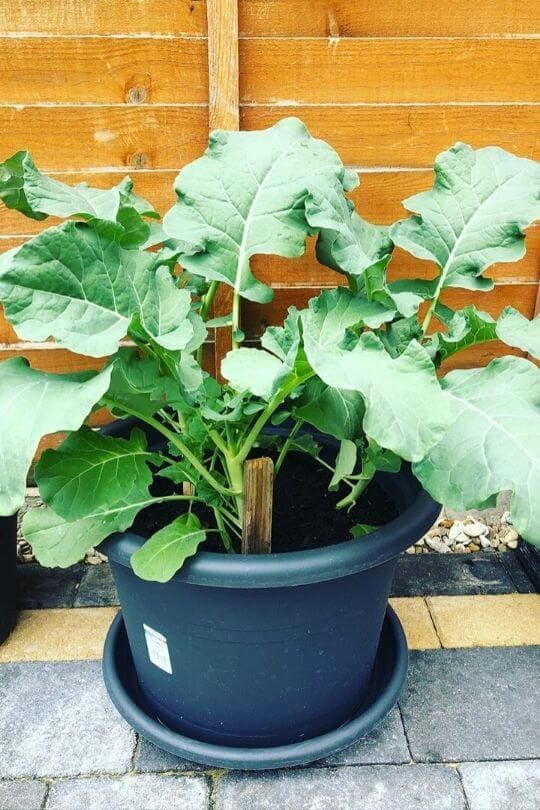
When broccoli grows in winter, it feels like a small victory over the cold.
There’s something deeply satisfying about cutting your own broccoli head—tender, deep green, and miles better than anything store-bought. I remember one frosty morning, I stepped outside and saw steam rising from my broccoli leaves as the sun hit them. It was a breathtaking moment of life thriving in the cold.
Best practices:
-
Choose a pot at least 12–14 inches deep.
-
Fill it with rich soil (add compost or worm castings).
-
Keep it in full sun and check often for cabbage worms or aphids, even in winter.
Once you harvest the main head, leave the plant—it’ll often give you small side shoots for weeks.
Final Thoughts: Small Acts of Growth
Winter gardening is quiet—but powerful. It’s not about big harvests or bold blooms. It’s about the joy of tending something green when the world outside feels still. A pot of kale. A patch of spinach. A tiny shoot of garlic peeking through cold soil.
These small moments remind us that growth never truly stops. So if you’re craving something steady and hopeful this season, plant something. Let it root. Let it surprise you.

